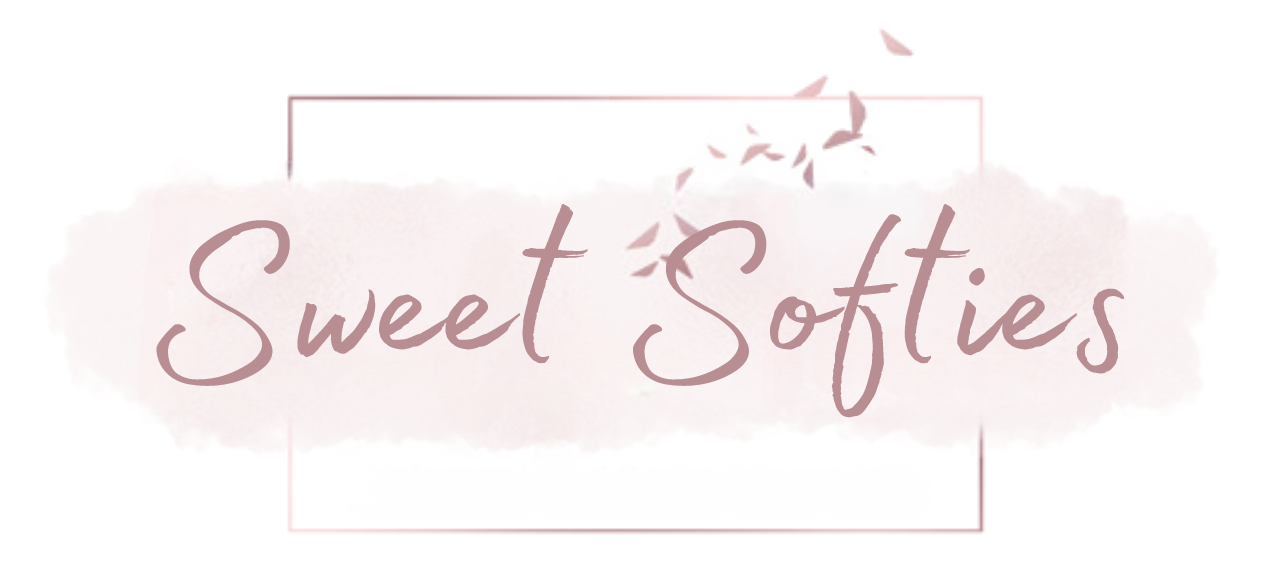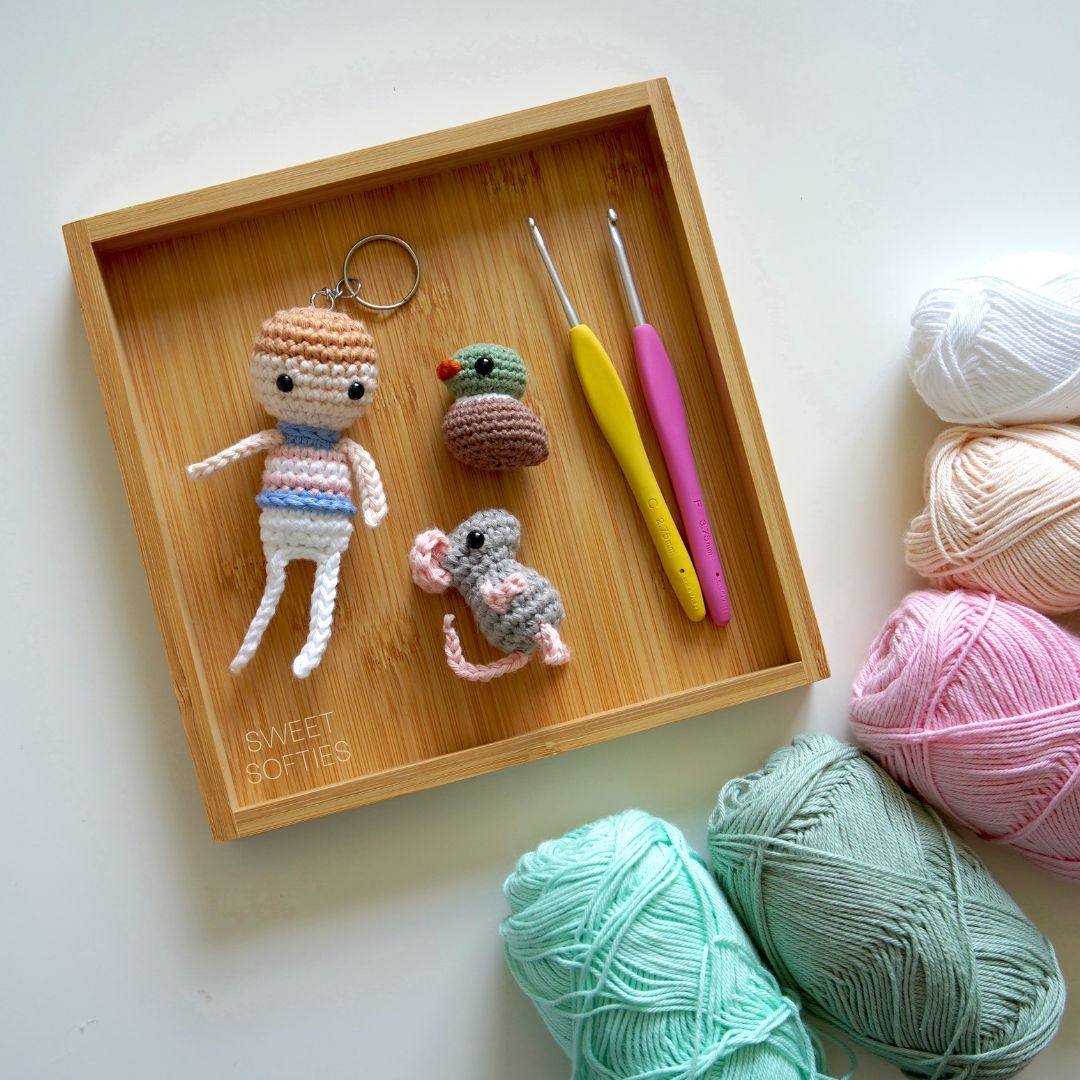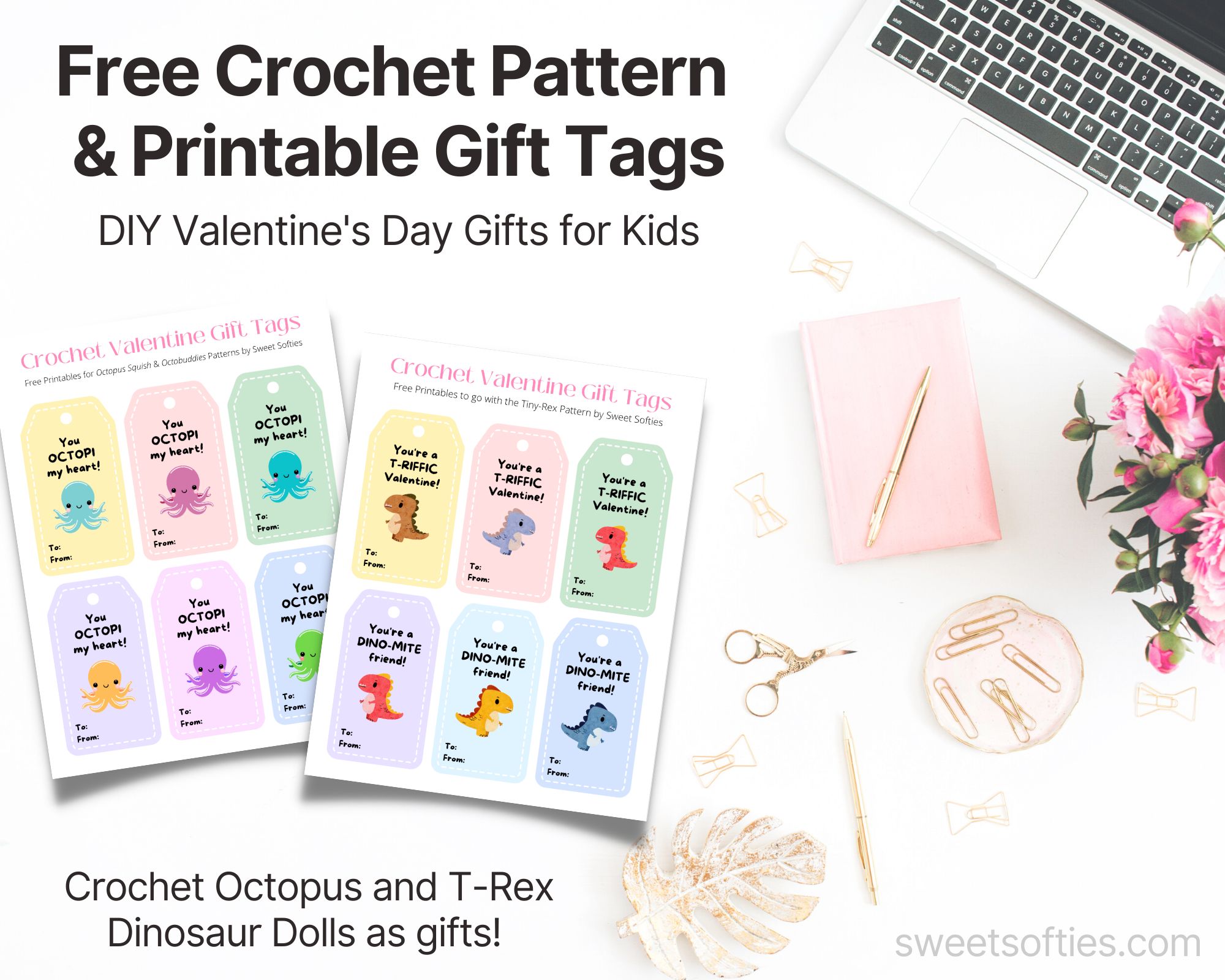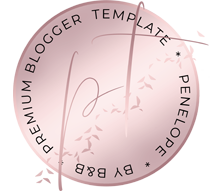Sewing is a vital skill to have as well as a fun way to waste time. You can sew pieces of cloth together, mend holes, and create unique designs and patterns using just a needle and thread. It's easy to learn, enjoyable to master, and everyone can do it. However, just like cooking for the family requires ingredients and flavors, sewing at its finest requires the right equipment. Check out the basic equipment you need to have to start a wonderful sewing experience.
Pinning Tools
Straight pins
They are used to adhere patterns to fabric and to keep a rolled edge on your sewing item in place before stitching. Pins are also available in many styles, each with its unique function. You may want to purchase various types, but for the most part, a pack of pins with large heads would serve.While you're working, a pincushion contains straight pins and needles. The traditional tomato pincushion is a classic, but there are many more possibilities.
A pincushion
It is a useful tool for keeping your pins tidy and close at hand. You might also preserve your pins in a metal container like an old cookie box. Sawdust and wool roving are commonly used to fill good pincushions. The lanolin in the wool roving keeps the pins from rusting.Temporary stitches and buttonholes are made with a hand needle. For ordinary hand stitching, sizes 7 to 10 are recommended.
A needle threader's wire
Which easily slides into a needle's eye, then opens and provides a huge aperture for the thread to flow through. The wire and thread may then be pulled back through the needle's eye. Use a needle with a large enough eye for the thread you're using with your needle threader to avoid pushing the thread and needle threader through the needle's eye. It's possible that pushing the wire will cause it to break.A thimble is a little hard pitted cup you wear on the finger to protect it from the needle during sewing.
Measuring Tools
- A tape measure is a versatile measuring tool that is used to take body measurements. The front has a dimension of 150cm and the back has a measurement of 60 inches.
- A ruler is a measuring instrument that is either transparent or solid and has a length of 12 inches or even 18 inches. It's very useful to have some quilting rulers around for measuring and drawing straight seam and cutting lines. Metal or smooth, shellacked hardwood yardsticks are also an important part of your sewing equipment. When putting out the pattern, these are used to mark hemlines and check grainlines.
- You can draw a completely smooth curve by using a French curve.
- Hem guide is a useful tool for rapidly measuring the depth and curvature of your clothing’s hems. It has a curved edge and is square. Place the guide between the fabric and the rolled hem to push the seam allowance.
- Sewing gauges are hand instruments that are used to measure tiny parts when sewing.
- A 6-inch metal ruler with a slider is the most popular. For measuring seam allowances, hems, and other minor dimensions, small, oddly-shaped gauges feature marks for the most frequent sewing measurements.
Cutting Tools
Bent-handled shears are constructed of high-quality steel and have a razor-sharp cutting edge. The blades should glide easily and smoothly over the length of the piece, and the tips should come together. Pinking shears are commonly used to create a zigzagging or scalloped edge. On various types of cloth, this is used to finish seams and raw edges, as well as to create ornamental edges.
Cutting scissors include:
- Trimming scissors- These are 3-4 inches long. Trimmings, thread clippings, and slash snippings are all done with these.
- Embroidery scissors- The blades of embroidery scissors are 4-5 inches long and precisely tapered. Both tips are razor-sharp, making them ideal for working with precise details in delicate textiles and needlework.
- Buttonhole scissors- The purpose of these is to make buttonholes.
Seam rippers are used for removing excess stitches from seams that have occurred as a result of a mistake or during adjustments. To avoid fabric damage, they should be handled with caution.
Most designers use a rotary cutter, which comes in a variety of sizes. It's recommended to use your rotary cutter when working with many layers of cloth. Make sure you're using a rotary mat to put your cloth on.

Most designers use a rotary cutter, which comes in a variety of sizes. It's recommended to use your rotary cutter when working with many layers of cloth. Make sure you're using a rotary mat to put your cloth on.
Marking Tools
- Dressmaker pencils come in white and pastel colors. On cloth, this chalk pencil is used to draw delicate lines. The use of tailor's chalk as a material marker is vital.
- Tailor's chalk comes in a variety of hues. These chalks are used to draw a temporary mark on fabrics that may be used as a guide for darts, stitches, and drawing cloth patterns.
- The tracing wheel has a serrated or smooth edge and makes dots on the cloth when used with tracing paper to transfer the marks to the fabric. It improves precision and makes stitching a lot easier.
- Disappearing ink pens may be found at craft stores. After a given amount of time, the ink will evaporate, or you may wipe it away with a moist towel. However, always check the ink on your cloth, particularly silk.
Materials
Clothing is made up of fabric. For novices, basic cotton textiles or flour sacks are the best materials to use because they are the easiest to work with. A fabric of good quality is critical to your sewing success. To guarantee that your garment has the appropriate drape and fit, always pick the right material for the job.
The pieces of the garment are assembled or constructed using thread. Threads come in a variety of sizes and colors. Stronger threads are required for hefty textiles. Threads should be the same color as the cloth being used.
Sewing Machine
You can effortlessly complete all of your sewing jobs with your sewing machine. Because of the sewing machine, we all have these fashionable outfits and wonderful home furnishings.
With this useful collection of sewing equipment, you may feel more secure about beginning to sew on your own. You can work on some simple beginning sewing projects; all you have to do is to try and be sure your sewing project will come out amazingly.






.jpg)


.jpg)


